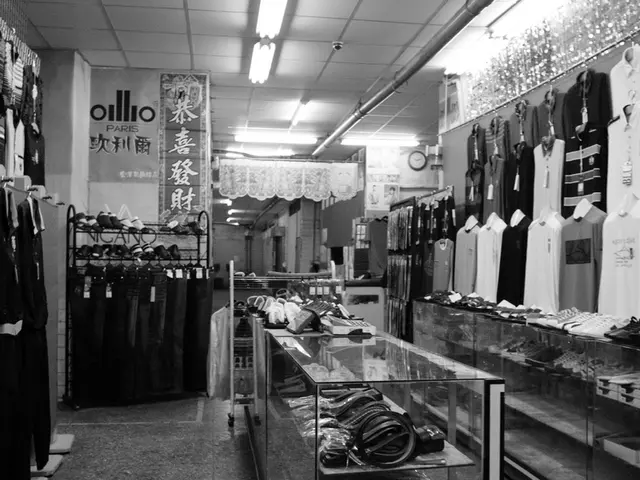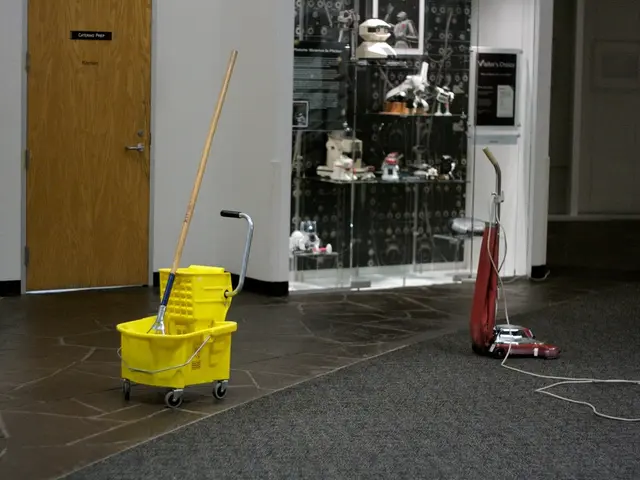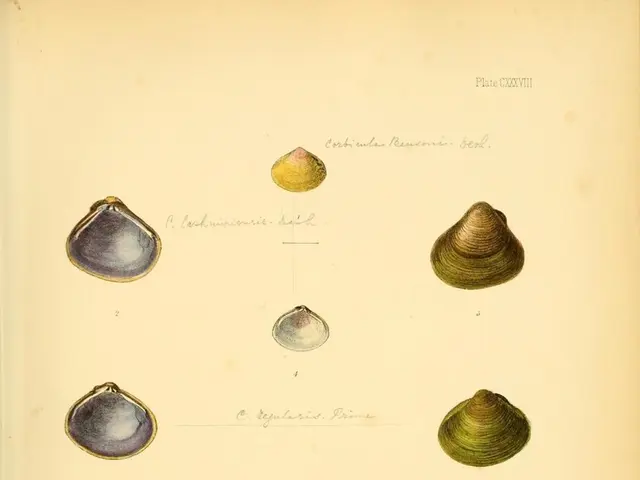Desert Rose Tolerance Levels: Exploring the Effective Temperature Ranges for Adeniums
Desert roses, scientifically known as Adenium obesum, are popular houseplants known for their lush blooms and distinctive bulbous stems. To ensure a healthy indoor growth, here are some essential care tips.
Firstly, it's crucial to maintain a warm indoor temperature. Desert roses thrive best between 65°F and 90°F (18°C to 35°C), and should be protected from temperatures below 50°F (10°C), as prolonged cold or frost can damage or kill the plant. Indoor temperatures should be kept within this range year-round.
The ideal soil for desert roses is a well-draining cactus or succulent soil mix, which helps prevent root rot. A mix designed for succulents with good sand or perlite content is recommended.
Lighting is another essential factor. Desert roses need full sun or very bright light, ideally positioned near a south- or west-facing window indoors to replicate their desert environment.
Humidity is not critical for desert roses; they prefer a dry environment, similar to their native desert habitat.
Watering should be infrequent, with the soil drying out completely between waterings to avoid overwatering. However, during growth periods, the plant may require deep watering.
When repotting, the plant is watered beforehand, a new pot with drainage holes is chosen, and the root system is inspected and trimmed if needed. The plant is placed in the new pot at the same depth as before, and soil is added and watered lightly to help settle the roots.
During winter, desert roses enter a dormancy period and need protection from cold temperatures below 50°F (10°C). Overwintering is done indoors, maintaining temperatures between 60-75°F (15-24°C).
Propagation can be done using seeds or stem cuttings. For stem cuttings, a rooting hormone is used, and the cutting is placed in a well-draining mixture of perlite or sand and potting soil.
Common pests of desert roses include mealybugs, aphids, and spider mites, which can be treated with a targeted natural pesticide. Fungal diseases and root rot are common diseases, caused by overwatering or poor drainage, which can be treated with a good fungicide.
It's important to note that desert roses cannot withstand frost or prolonged exposure to temperatures below 50°F (10°C). Overwatering is a common mistake, so it's better to underwater than to turn their pots into a swamp.
In spring, new growth occurs, and fertilizing begins, with repotting if needed. During fall, watering is dialed back to prepare for dormancy, and pests and diseases should be watched for.
By following these guidelines, you can enjoy the beauty of desert roses in your home for years to come.
Maintaining the right lifestyle for a desert rose includes providing a warm indoor temperature, a well-draining soil mix (such as cactus or succulent soil), and adequate bright light. Additionally, creating a home-and-garden space that replicates the desert environment, such as near a south- or west-facing window and with good drainage to prevent root rot, will help ensure the healthy growth and longevity of these elegant plants.




